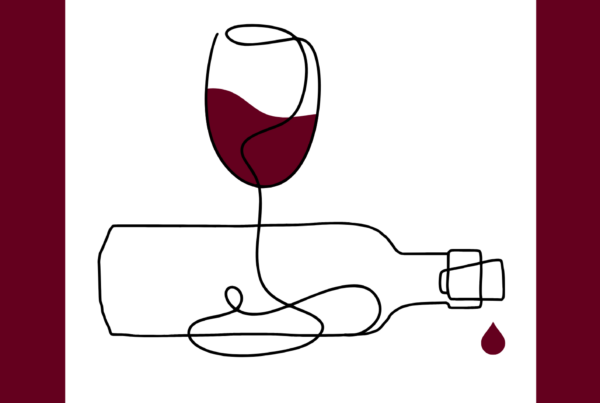Liv-ex is opening the blog once again to Bordeaux grower and winemaker Gavin Quinney (@GavinQuinney).

It has been a few years since the Barton family of Château Langoa-Barton bought a château. Not since the 1820s, in fact, when Hugh Barton, having first acquired Langoa in 1821, purchased part of the Léoville estate in 1826 that would later become Château Léoville-Barton. Both Langoa and Léoville were included in the famous 1855 classification and, along with Château Mouton-Rothschild, are the only châteaux since 1855 to remain under the same family ownership. Anthony Barton and his daughter Lilian run the two Saint-Julien estates today.
So when Lilian told me last Friday, on the final day of their harvest, that they had just purchased a property called Château Mauvesin in Moulis, I was quite surprised.
“The previous owner wanted to keep it quiet until after everything was signed in August. Since then we’ve invested in a lot of equipment for the new vintage but haven’t told anyone.” Intrigued, and with an invitation to go and have a snoop, I drove the short distance down the D2 from Saint-Julien to Moulis, an appellation that includes the famous château names of Chasse-Spleen and Poujeaux. Château Mauvesin lies just off the D1215, near Castelnau-de-Médoc, and no doubt many people in the wine trade have driven straight past the entrance without ever noticing the small sign, on their way up to Pauillac via Listrac.
It’s a beautiful estate, with 48 hectares of vines in a single block surrounding the château, complete with parkland and a lake. Forty of those hectares, which are planted with Merlot and Cabernet Sauvignon in roughly equal measure, are in the Moulis appellation, the rest being Haut-Médoc.
The property has been owned by the Baritault du Carpia family and their predecessors since the late 15th century (making the Bartons look like Johnny-come-latelies) and the imposing, classically proportioned château was built in 1853. Lilian Barton and her husband Michel Sartorius, who beat off foreign competition to buy the place (you’d never guess where from), will live at the château with their two grown-up children. Under the terms of the sale, the previous owner’s elderly mother will continue to live there with them.
The chai, where the wine is made, is a short walk from the château, and 20 gleaming stainless steel, temperature-controlled vats have just been installed in what had previously been the barrel cellar. “Only there weren’t any barrels left to worry about,” Lilian said.
The contrast of the Barton’s new ambition with the old regime is symbolised by the state-of-the-art sorting machine located next to the traditional concrete receiving bin into which the grapes used to be tipped. The Bartons have finished harvesting the Merlot and are making a start on the later-ripening Cabernet this week.
Château Mauvesin is currently sold in French supermarkets, in the main, but this is likely to change. I bought the 2010 in Carrefour and it’s a decent enough wine. There is, however, more than enough character and sense of place to suggest that there’s a rosier future ahead.
The cunning plan, as it stands, is to call the new wine Château Mauvesin-Barton. After all, sticking the word Barton on the end of a château name hasn’t done them any harm.



